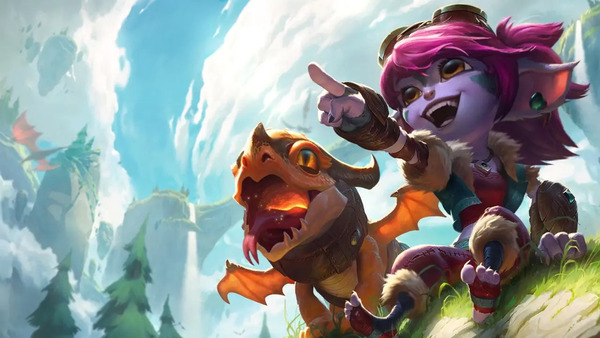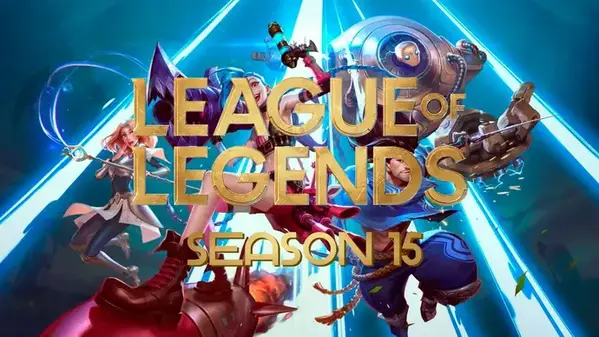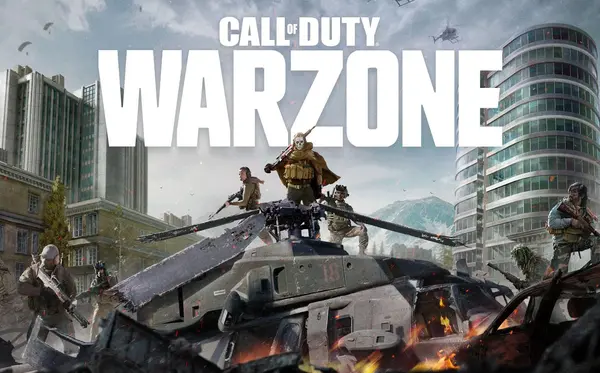Advertisement
Popular Now
Introduction
Since its launch in October 2009, League of Legends (LoL) has grown to become one of the most popular multiplayer online battle arena (MOBA) games globally. With millions of players actively engaging in its competitive scene, the game has developed a vibrant and diverse community. However, one significant issue that has plagued League of Legends for years is the rampant toxicity present in its player base. Toxic behavior, including harassment, verbal abuse, and unsportsmanlike conduct, has a detrimental effect on the gaming experience. In this article, we will explore the issue of toxicity within the League of Legends community, examining its causes, impacts, and potential solutions to foster a healthier gaming environment.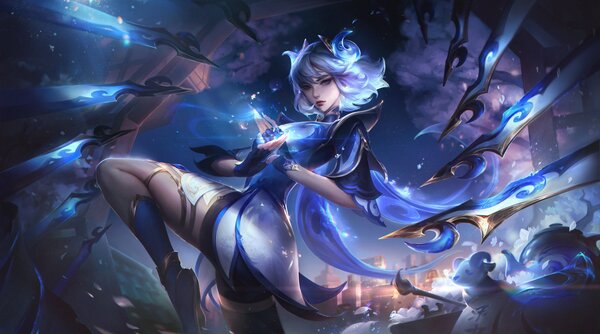
Understanding Toxicity in League of Legends
What is Toxicity?
Toxicity in gaming refers to negative behavior exhibited by players that disrupts the enjoyment of others. This can manifest in various forms, such as verbal harassment, trolling, intentional feeding, and refusing to cooperate with teammates. In League of Legends, where teamwork and communication are essential, toxic behavior can significantly hinder gameplay and diminish the overall experience.The Importance of Addressing Toxicity
Addressing toxicity is crucial for maintaining a healthy gaming environment. A toxic atmosphere can drive players away, leading to a decrease in player retention and satisfaction. Moreover, it creates an unwelcoming space for newcomers, who may be discouraged from continuing to play due to negative interactions. By fostering a more positive community, League of Legends can enhance player engagement and ensure the longevity of its player base.Historical Context of Toxicity in League of Legends
Since its inception, League of Legends has struggled with toxicity. The competitive nature of the game, combined with its fast-paced matches, often leads to heightened emotions among players. Over the years, Riot Games has acknowledged the issue, implementing various measures to combat toxicity and improve the overall player experience.Early Responses to Toxicity
Community Awareness
In the early years of League of Legends, awareness of toxicity was minimal. Players often brushed off negative behavior as part of the gaming culture, and reports of harassment went largely unaddressed. However, as the community grew, the prevalence of toxic behavior became increasingly apparent.Developer Interventions
Riot Games began to take a more proactive stance against toxicity, introducing features such as the Honor System in 2012. This system encouraged positive behavior by rewarding players for good conduct and sportsmanship. Players could honor their teammates after a match, fostering a culture of recognition and respect.The Role of Reporting Systems
To further combat toxicity, Riot implemented robust reporting systems, allowing players to report toxic behavior after matches. This feature provided players with a mechanism to voice their concerns and contributed to the identification of problematic accounts. However, the effectiveness of reporting systems has been a subject of debate within the community.The Challenges of Managing Toxicity
The Complexity of Human Behavior
One of the significant challenges in managing toxicity is the complexity of human behavior. Players often have different tolerances for negative behavior, making it difficult to create a one-size-fits-all solution. While some players may view certain comments as harmless banter, others may perceive them as harassment. This variance complicates the development of effective policies.The Anonymity of Online Play
The anonymity provided by online gaming can exacerbate toxic behavior. Players may feel emboldened to engage in negative conduct without facing real-life consequences. This anonymity often leads to a lack of accountability, as players may not fully understand the impact of their words on others.The Psychological Impact of Toxicity
Toxic behavior can have lasting psychological effects on players. Victims of harassment may experience stress, anxiety, and a diminished sense of self-worth. This impact can lead to burnout and discourage players from participating in the game, further perpetuating the cycle of toxicity.Community Reactions to Toxicity
Pushback Against Toxic Behavior
In response to the pervasive toxicity, many players have rallied against negative behavior within the community. Various grassroots movements have emerged, advocating for respectful gameplay and positive interactions. Players are increasingly vocal about their desire for a more welcoming environment, and this pushback has led to meaningful discussions about toxicity.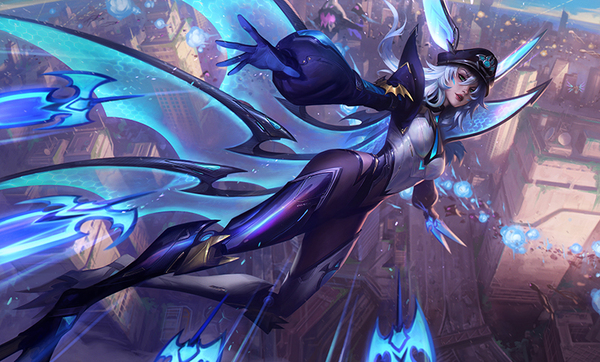
The Role of Content Creators
Content creators and streamers have played a significant role in addressing toxicity. Many influential figures in the gaming community have used their platforms to raise awareness about toxic behavior and encourage positive interactions. By promoting sportsmanship and respectful gameplay, these creators have helped shift the narrative around toxicity in League of Legends.Initiatives for Positive Play
Riot Games has also launched initiatives aimed at promoting positive play. Events like "Riot Games' Positive Play Initiative" encourage players to engage in good behavior, offering rewards and recognition for those who contribute positively to the community. These initiatives serve as a reminder that players can create a more enjoyable experience for everyone.Recent Developments in Managing Toxicity
Updated Reporting Systems
In recent years, Riot Games has made significant updates to the reporting systems within League of Legends. These improvements have aimed to streamline the reporting process and increase accountability for toxic behavior. Players can now report negative conduct more easily, leading to quicker responses from the developers.Introduction of AI and Machine Learning
To further combat toxicity, Riot has explored the use of AI and machine learning to identify and address toxic behavior. By analyzing player interactions, these technologies can help detect patterns of toxicity and take appropriate actions against offending accounts. This innovative approach has the potential to create a more proactive and responsive system.Community-Driven Solutions
The League of Legends community has also contributed to the fight against toxicity by developing various tools and resources. Player-led initiatives, such as community forums and support groups, provide a space for players to share experiences, seek advice, and foster a sense of belonging. These grassroots efforts highlight the power of community in addressing toxicity.The Future of Toxicity Management in League of Legends
Anticipating Ongoing Challenges
As League of Legends continues to evolve, the issue of toxicity is likely to persist. The competitive nature of the game, coupled with the introduction of new players, means that challenges will remain. Riot Games must stay vigilant in monitoring player behavior and adapting their strategies accordingly.Emphasizing Education and Awareness
Educating players about the impact of their behavior is crucial for long-term change. Riot Games can focus on creating educational resources that promote positive behavior and raise awareness about the consequences of toxicity. By fostering a culture of respect, the community can work towards a more harmonious gaming environment.Leveraging Community Feedback
Community feedback will continue to be a vital component of addressing toxicity. Riot Games should maintain open channels of communication, allowing players to voice their concerns and suggestions. By listening to the community, developers can refine their approaches and create a more inclusive gaming experience.